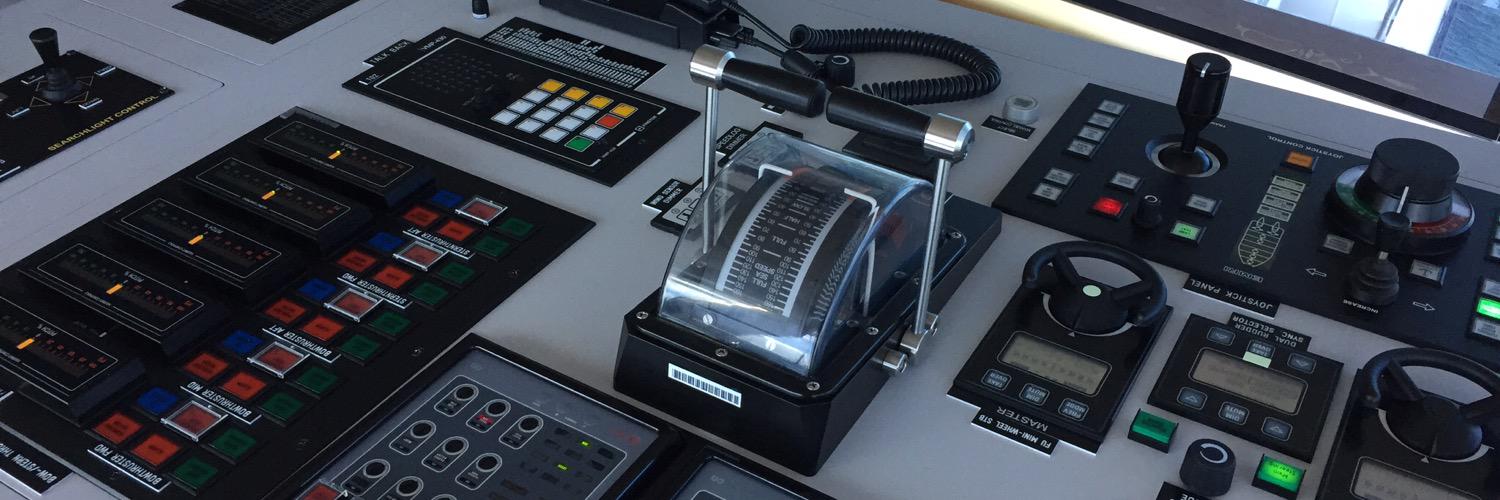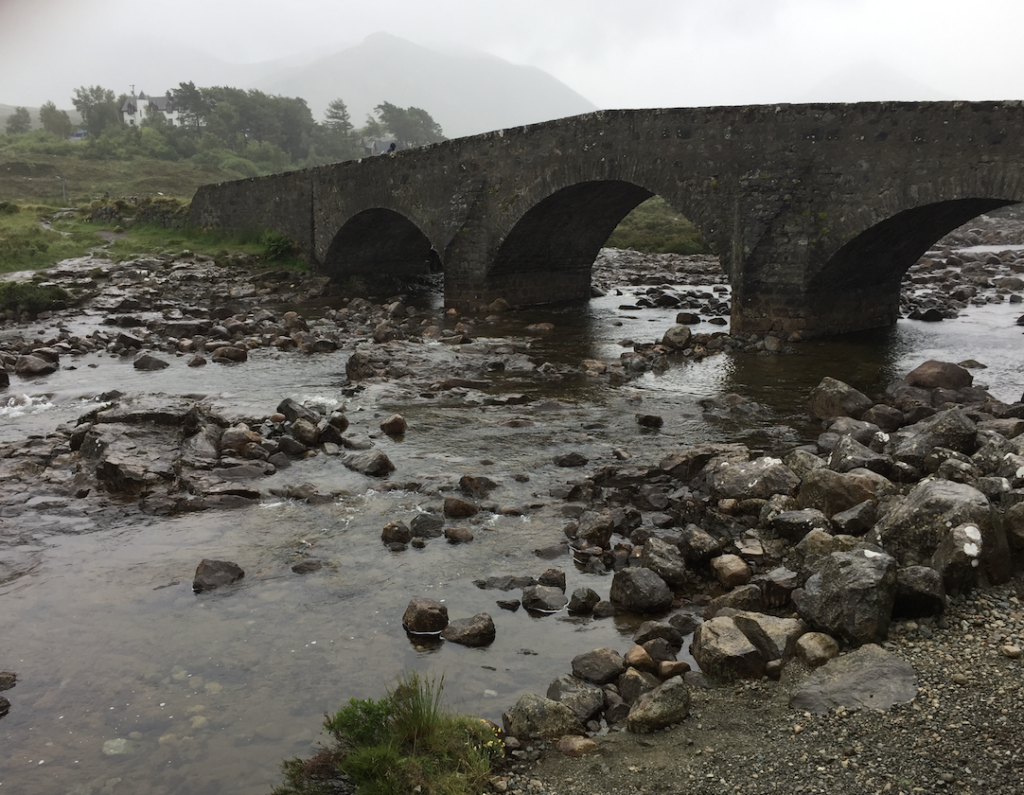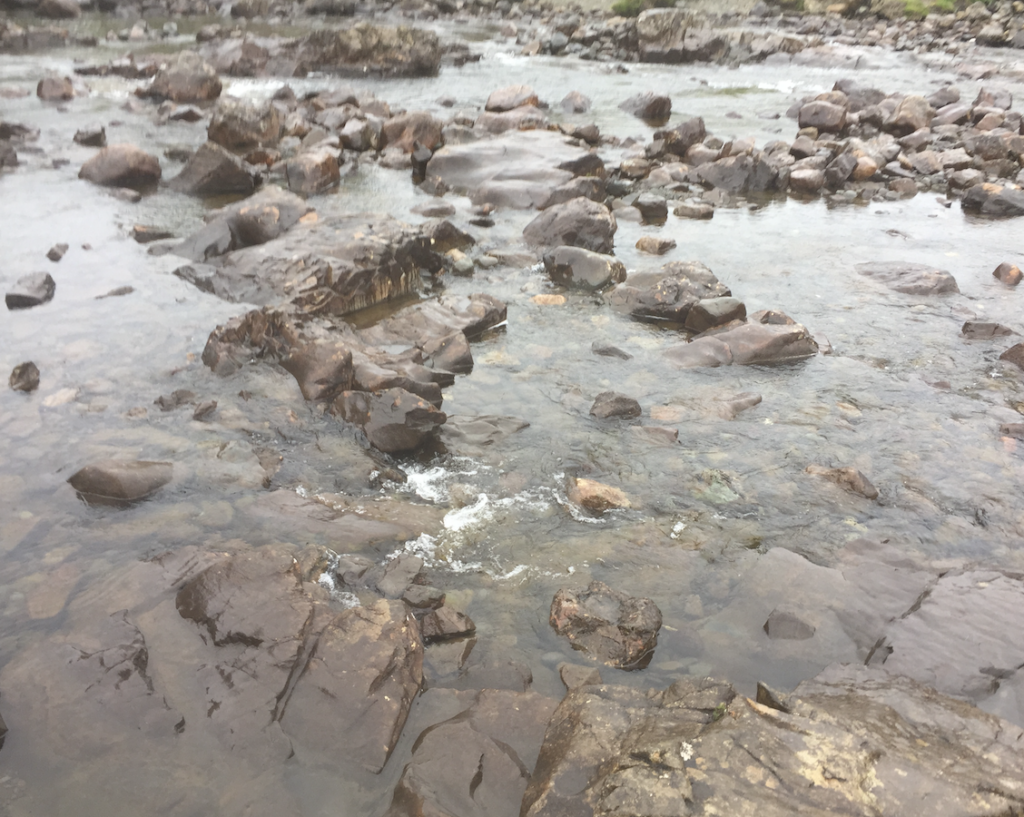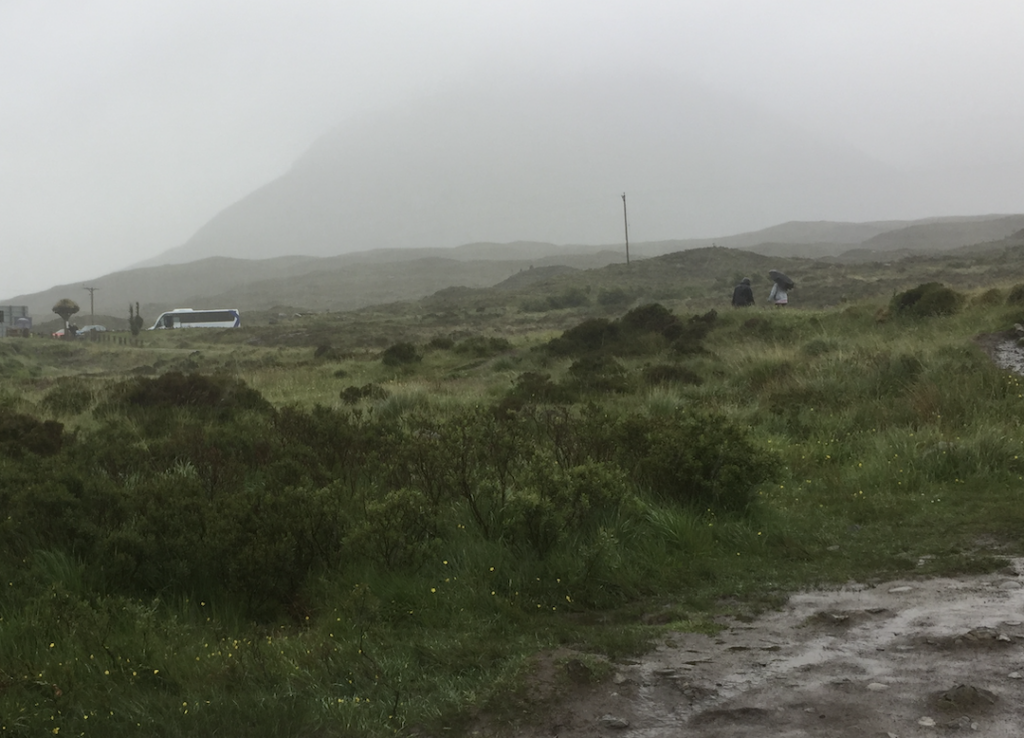Turbulence. Frequent flyers can tell you tales about sudden and unpredictable changes in air pressure and airspeed that caused the aircraft to shake, wobble, or drop unexpectedly. I’ve been on many flights like that. When the turbulence hits, passengers will gasp, yelp, or add other colorful commentary to the situation. I just laugh or cry uncontrollably like I’m on the Indiana Jones ride at Disneyland.
In December 2022, Southwest Airlines hit serious turbulence. But this time, it wasn’t just in the air. The crisis was at the peak of the holiday travel season and is referred to in the news media as the Southwest Airlines holiday travel meltdown. What had gone wrong? Severe weather had resulted in some of the first flight cancellations. That meant planes, pilots and crews were not where they needed to be. The software systems Southwest used to track all of that was woefully outdated and was unable to respond to the weather disruptions and massive holiday travel load. Flights were getting delayed or canceled due to business process problems, missing aircraft, or missing crew members. It continued to spiral down. Their technology couldn’t handle the fluid turbulence of rapidly deteriorating conditions. Eventually, the carrier was forced to cancel more than 15,000 flights. Passengers and crew members alike were stranded, frustrated and furious.
Turbulence leads to learning. Last week in Las Vegas, Lauren Woods, CIO of Southwest Airlines, took the stage in front of a crowd of technology leaders at the Enterprise Technology Leadership Summit. She explained how the meltdown was the result of antiquated systems and processes. They were too slow and never designed to handle this level of change. But navigating turbulence forces you to learn and grow. They streamlined their business processes, insourced their IT and migrated their systems to the cloud, leveraging a serverless multi-regional highly resilient approach to build their new fare search, airline, and crew scheduling systems. They saw a 400% speed improvement over their previous solution. The crew scheduling system was replaced with a new tool with advance algorithms and specific capabilities to manage disaster scenarios and quickly adapt to scheduling turbulence. It could quickly track and optimize flights, planes, and crews. They called this new tool, Crew and Aircraft Integrated Recovery and Optimizer (CAIRO). The result? When recent turbulent moments hit, their system was able to respond quickly, adjust to unexpected conditions and ultimately deliver their passengers and crews to their rightful destinations. Southwest now has the lowest cancelation rate of any airline, thanks to this investment.
Turbulence happens. Are we ready for it? What is going to shake up our cabin and disrupt our businesses? Whatever it is, we need to prepare for it. That means investing time and resources into making our process and systems more reliable, resilient, and ready. Are we ready? Where do we have opportunities for improvement? Let’s talk… before the turbulence hits. It’s time to fasten our seatbelts and prepare for takeoff.
Have a safe flight!
- A CIO’s Journey: Turning Turbulence into Smooth Skies by Lauren Woods, IT Revolution – Enterprise Technology Leadership Summit video: https://videos.itrevolution.com/watch/1002127973
- Wikipedia: https://en.wikipedia.org/wiki/2022_Southwest_Airlines_scheduling_crisis#:~:text=The%20crisis%20spanned%20December%2021,the%20U.S.%20Department%20of%20Transportation.
- How Southwest CIO Modernized the Airline through Turbulent Times:
https://www.cio.com/article/2092142/how-southwests-cio-modernized-the-airline-through-turbulent-times.html



















